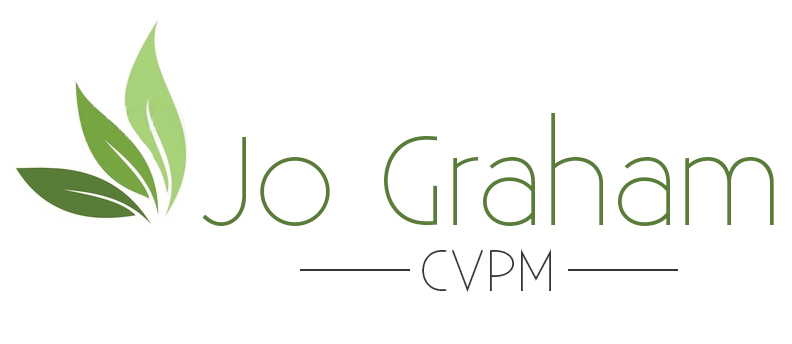“Almost everything will work again when you unplug it for a few minutes, including you” – Anne Lamott
For the longest time I think my team believed I was a wizard because I could get the label printer working again. I just had to show them it wasn’t broken; it was just a little off-balance or overloaded with information. With some minor adjustments and a little help to reset and back to work it went. Magic!
The concept of self-care isn’t vastly different. We can easily get off-center, out of balance and need to push the reset button. In our profession, though we are not dealing with patients directly, we are dealing with people. Clients and employees demand a huge amount of our time and, as managers and leaders, we give them that time and attention several times a day. As discussed in a previous blog, compassion fatigue and burnout is a serious condition affecting us, and many of our colleagues, in veterinary medicine and self-care is one path to prevention.
Once we’ve identified within ourselves that our cup is running dry, that we aren’t acting like ourselves anymore, that we have difficulty controlling our emotions, or we’re losing sight of our “why”, we need to look at if/how we’re taking care of ourselves. We need to begin the road to renewal.
Step One: Just… RELAX.
Easier said that done, right? Right. However, it is the beginning of our self-care journey. Human beings are not meant to live in a state of constant arousal in relation to stress. It takes its toll on us in many ways, most notably in our brain. The frontal lobe that manages focus, judgment, impulse control and fine motor function shuts down when we are stressed which affects our reasoning, our efficiency, and how we manage our emotional response to stimuli. Our speech centers are also affected making it challenging to find the right words and how to say them with the right intention. Interestingly, we also lose our strength and agility when in a state of chronic tension which is why we often feel weak.
When we relax the body, we give ourselves the opportunity to become more comfortable. Within a few seconds of relaxing our muscles, our frontal lobe and speech areas begin functioning again at a high level, which means we begin to function on a higher level. Check in with your body as often as you can, and when you identify stress – tight jaw, hunched shoulders, tightness in your stomach – try practicing one of the following relaxation techniques:
- Get Up – get away from your desk for a few minutes. Taking a walk around the building every so often. It’s also a great way to keep in touch with your team and interact with them a few times a day.
- Breathe – This is something that we often forget to do and in fact have to remember to do in some situations. Sit quietly – close your office door or, even better, go and sit outside for 10 minutes. Sit with your back straight and your feet on the floor, hands on your lap. Breathe in for a count of four. Hold for a count of two. Exhale for a count of six. Continue like this for at least five minutes.
- Change your Focus – This neat little exercise uses your peripheral vision to counteract your sympathetic nervous system or “fight or flight” response to stress by activating the opposing parasympathetic nervous system, which allows you to relax. Focus on one spot in the room such as a wall clock or picture on the wall. While maintaining eye contact with the object on the wall, slowly begin to shift your attention to the periphery of your vision as far as you can. Hold here for 20-30 seconds and then come back to center. Breathe slowly and deeply. Do it as many times as you need to bring about a relaxation response.
- Laugh – We all have that one friend that can spin the worst day into a hilarious parody. Call them. Go online and read a funny article. Watch a comedy show when you get home instead of watching the news or a drama on TV. Laugh long and laugh often. It’s no secret that it is the best medicine.
Most importantly, give yourself a break and don’t give up. When we’ve conditioned our bodies to live in a state of chronic stress and tension for the majority of our day, it’s not easy to switch that around in 10 minutes of deep breathing techniques. Sure, you’re going to feel silly but get over it. Give yourself a goal to check in every couple of hours with your body (set a reminder or timer on your phone) and if you notice that you are tense, try some of these exercises to help achieve some balance throughout your day. It takes practice and the more you do it, the easier (and less silly) it will be.
I’d love to know more about your experiences with the exercises above and what you’re currently doing to relax at work. Leave me a comment below!

